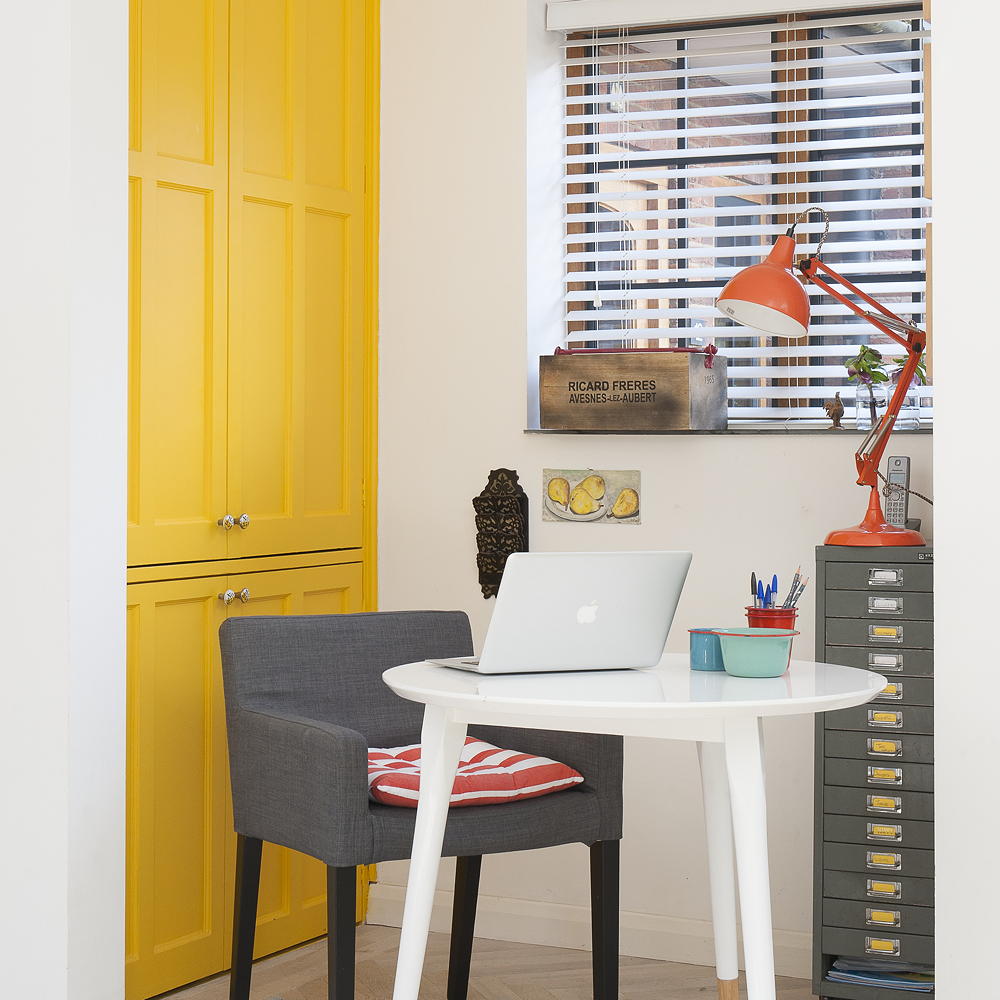Bank of England drops mortgage affordability test – what this means for you
The mortgage affordability test was introduced in 2014 to control household indebtedness, but has now been scrapped

Millie Hurst
The Bank of England's decision to take away the mortgage affordability test comes into effect today (Monday, August 1st). While this removes one barrier for prospective homebuyers and spells good news for the self-employed, experts argue that it will have a fairly limited impact on the majority.
Since 2014, anyone buying a property has had to pass two tests that restrict how much money they can borrow when applying for a mortgage: the loan-to-income 'flow limit' and the mortgage affordability test. The former, more significant test puts a cap on the number of mortgages that can be extended to 4.5 times a borrower's salary.
Meanwhile, the affordability test involved a forensic look at buyers' finances to assess whether they would be able to repay their mortgage if interest rates were to climb by 3%. The Financial Policy Committee introduced the tests in the aftermath of the credit crunch as a means to guard against a rise in aggregate household indebtedness that could compound an economic downturn.

What is the mortgage affordability test?
'It looks at if you could still afford your monthly payments if interest rates were to increase by a drastic amount,' explains Tayo Oguntonade, a Qualified Mortgage advisor and the founder of Brickz with Tipz. Until now, the test has also been a way for lenders to assess whether borrowers would be able to afford their home loan in a range of scenarios, for instance, if they were to lose their job or decided to start a family.
Paran Singh, a spokesperson for TIC Finance points out that if proper affordability checks are not carried out this could carry a risk of buyers defaulting on payments if irresponsible lending occurs, so it is worth bearing this in mind when applying for a mortgage when buying a home. 'It's important we learn from the mistakes of the financial crash,' says Paran.
While the test was in place, prospective buyers had to answer a range of questions about their household spending, everyday expenses and employment status, providing documents as evidence, from payslips to bank statements. This has now been done away with, but the loan-to-income ratio limit is still in place.

What does the removal of the mortgage affordability test mean?
Mark Dyason, Founder of Edinburgh Mortgage Advice, says that for higher earners it can mean larger loans, and for lower earners, it can remove an artificial ceiling. For most, the loan-to-income ratio limitations will mean that they will only see a minor impact, but it's generally a positive one in terms of available loan size.
Get the Ideal Home Newsletter
Sign up to our newsletter for style and decor inspiration, house makeovers, project advice and more.
Simon Webb, Managing Director, LiveMore agrees that it'll have some impact, but says that in order to drive real change and make mortgages genuinely accessible – both in today’s economy and in the future – the Bank of England needs to think about withdrawing the loan to income limit. 'This would allow for more bespoke loan amounts based on individual borrowers’ circumstances and ensure people on interest-only mortgages weren’t penalised by a one-size-fits-all system,' he says.
What impact will the removal of the affordability test have on first-time buyers?
Taking away the test will make it slightly easier for first-time buyers to get on the property ladder, and it'll be particularly beneficial to those who are self-employed, as their finances are put under particular scrutiny when applying for mortgages. However, Tayo Oguntonade points out that many first-time buyers who are currently renting will already easily pass the affordability test when securing the best first-time buyer mortgages.
'For most people that affordability test is relatively easily passed,' Tayo explains. 'Especially as renters are paying more in rent right now than they would for the equivalent mortgage.'

‘I think the loan-to-income ratio is really the one that has the most impact on people buying a property right now. The loan to income ratio is where most lenders will give you 4.5 times your income, so that is the maximum loan that they’ll give you and most people find that’s what stops them from getting a big loan, rather than the affordability tests.'
This easing of mortgage borrowing rules does take away one obstacle and some paperwork, but saving for a deposit during the cost of living crisis and the limitations of the LTI ratio will continue to pose key challenges for first-time buyers.
How many times my salary can I borrow for a mortgage?
'Typically, you can borrow between 4 and 4.5 times your salary per person,' says Simon Webb. 'There are certain things that might mean you can borrow more – for example, having a deposit of over 25% might mean you can negotiate more of a mortgage or if you have a very high household income.'

Rebecca Knight has been the Deputy Editor on the Ideal Home Website since 2022. She graduated with a Masters degree in magazine journalism from City, University of London in 2018, before starting her journalism career as a staff writer on women's weekly magazines. She fell into the world of homes and interiors after joining the Ideal Home website team in 2019 as a Digital Writer. In 2020 she moved into position of Homes News Editor working across Homes & Gardens, LivingEtc, Real Homes, Gardeningetc and Ideal Home covering everything from the latest viral cleaning hack to the next big interior trend.
- Millie HurstSenior Content Editor
-
 Wood drenching is the calming new twist on the colour drenching trend – here’s how to make the look work in your home
Wood drenching is the calming new twist on the colour drenching trend – here’s how to make the look work in your homeIt’s easier than ever to embrace natural materials
By Maddie Balcombe
-
 Aldi is launching a £200 day bed with four different features - its sleek design is suited to the whole family
Aldi is launching a £200 day bed with four different features - its sleek design is suited to the whole familyYou don't want to miss out on this Specialbuy
By Kezia Reynolds
-
 How to set up a drip watering system that saves water and a lot of effort
How to set up a drip watering system that saves water and a lot of effortKeep your plants hydrated (and your water bill down) with this clever garden watering solution
By Natalie Osborn